A new security paradigm for India
The aptly named Operation Sindoor has sent an unambiguous message to terrorists and the neighboring country which enables and supports them, that they can no longer operate with impunity.
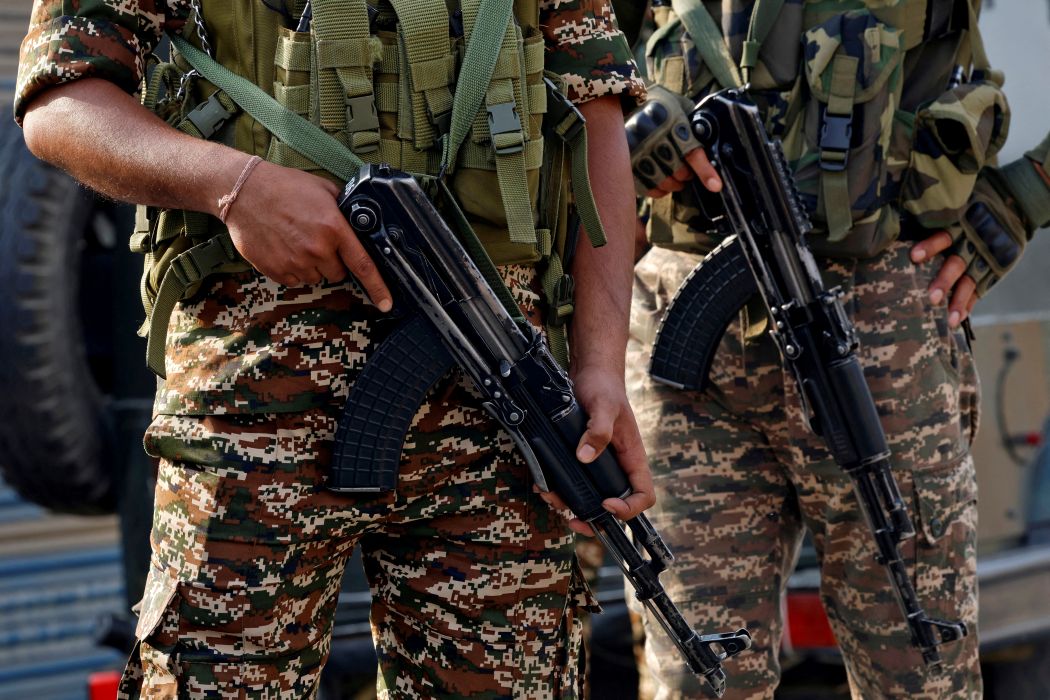 Indian security force personnel stand guard near the site of a fighter jet crash in Wuyan in Kashmir's Pulwama district May 7, 2025. / REUTERS/Sharafat Ali
Indian security force personnel stand guard near the site of a fighter jet crash in Wuyan in Kashmir's Pulwama district May 7, 2025. / REUTERS/Sharafat Ali
The heinous terrorist attack on innocent civilians in Pahalgam and India's subsequent military response have fundamentally altered South Asia's power dynamics, reshaped counterterrorism strategies and established a new security paradigm in the Indian subcontinent.
It all began with Pahalgam on 04/22, and that date will join 9/11, 26/11 and 10/7 as dates that can never be forgotten. Innocent tourists were ruthlessly assassinated point-blank purely based on their Hindu faith, and that too in front of their wives and other dear ones. The killers then told the survivors - “Tell your government. Tell (Prime Minister) Modi what we did.” Tell they did, and then just over two weeks later on 5/7, at a time and place of Mr. Modi’s choosing, he responded with overwhelming force.
The aptly named Operation Sindoor has sent an unambiguous message to terrorists and the neighboring country which enables and supports them, that they can no longer operate with impunity. India has achieved its strategic goal and set a benchmark for the future. Any cross-border attack on Indian soil, even if it is carried out by non-state actors trained by the armed forces of foreign adversaries, will be viewed as an act of war. And the response will be forceful and lethal, with no limits placed on India’s armed forces to attack and destroy in any manner they deem essential.
Something has indeed changed.
The initial Indian attack on nine terrorist camps including Muridke and Bahawalpur successfully achieved the goals of inflicting severe damage and eliminating over 100 terrorists. India specifically stated that no military installations were targeted. Precision airstrikes were unleashed on terror camps located in Pakistan and Pakistan-occupied Kashmir (PoK) in an operation that targeted key terrorist infrastructure associated with groups such as Jaish-e-Mohammed (JeM) and Lashkar-e-Taiba (LeT).
Among those reported to have been eliminated was Abdul Rauf Azhar who was a US-designated terrorist involved with the execution of Wall Street Journal reporter Daniel Pearl. The optics of the aftermath could not be worse as senior Pakistani military and police officials attended and offered prayers at the funeral of a US-designated terrorist and others killed in the strikes.
Indian Ambassador Vinay Kwatra and other Indian diplomats have done a stellar job while being interviewed on CNN and other media outlets in keeping the focus on the horror of the Pahalgam attack, and India's measured response. The key message was always that this is not an India-Pakistan war but a fight between India and terrorist networks supported by Pakistan. Amb. Kwatra and others were able to quote Pakistan’s Defence Minister Khawaja Asif who publicly admitted that Pakistan has been doing the “dirty work” of supporting terrorist networks for the West during an interview with Sky News.
What happened next was somewhat inevitable as Pakistan chose to escalate, and a rapid and intense series of military engagements unfolded between India and Pakistan, involving air combat, drones, missile attacks, and artillery exchanges. India attacked eleven military bases and ammunition depots and caused extensive damage to Pakistani military assets.
India’s multi-layered air defense systems performed significantly better than Pakistan’s, and successfully repulsed drone and missile attacks during the conflict. The Indian systems demonstrated high interception rates, speed, and accuracy, effectively neutralizing multiple threats along the western border and protecting key military and civilian assets. In contrast, Pakistan’s air defense which relied on Chinese-supplied systems with shorter ranges and less sophisticated radar and engagement capabilities, were less effective against India’s advanced aerial platforms and missile barrages.
There appear to be credible reports that fighter jets from India and Pakistan participated in a major aerial confrontation that lasted over an hour, making it one of the largest and longest air battles since World War II. This engagement was unique in that it was fought entirely within the airspace of each country, with neither side crossing the border. Both Indian and Pakistani jets exchanged long-range air-to-air missiles at distances exceeding 100 miles.
Modern air battles that are being fought with BVRAAMs (beyond-visual-range air-to-air missiles) allow for engagements at significant distances rather than traditional close-range dogfighting.
Rules of engagement imposed by the civilian or military leadership may have prevented Indian Air Force pilots from firing first or firing back at Pakistani military aircraft. This may well have made the Pakistani use of missiles more effective. Once the dust settles, there will need to be a serious reckoning of how India’s arsenal of indigenous, Russian and European missiles performed versus Pakistan's Chinese-made PL-15 BVRAAMs.
Some armchair critics are questioning India’s decision to agree to a cease-fire instead of fighting to the finish. However, it must not be forgotten that India is an emerging global economic powerhouse and has higher priorities than engaging in pointless wars against a country which has nothing to lose and doesn’t care about the welfare of its own people.
India came out of this latest conflict looking assertive and aggressive. Notwithstanding all the back-and-forth claims of victory, the consensus amongst diplomats and military analysts is that a vital message had been sent and a key precedent had been established. Proactive, intelligence-driven cross border missile strikes are now a validated counterterrorism tool.
The author is a Chicago-based columnist and investment professional.
(The views and opinions expressed in this article are those of the author and do not necessarily reflect the official policy or position of New India Abroad)
ADVERTISEMENT
ADVERTISEMENT
E Paper
Video



 Ram Kelkar
Ram Kelkar


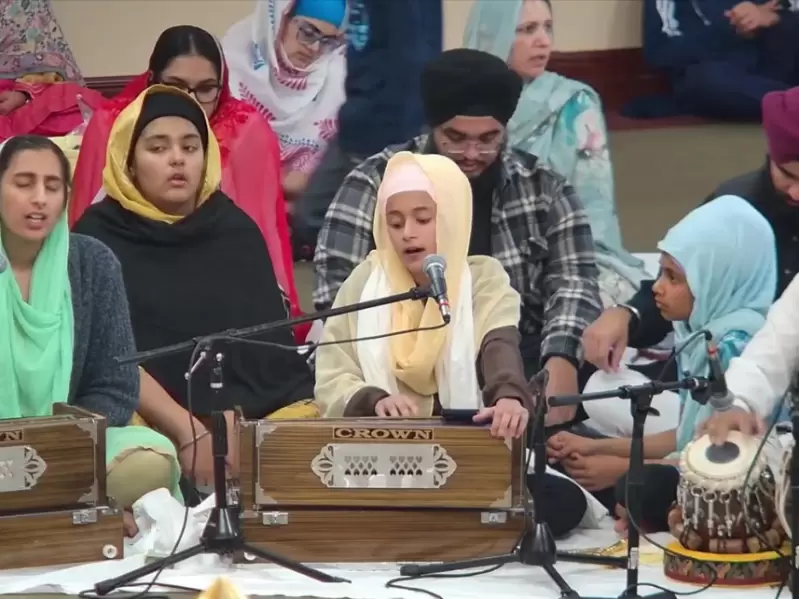
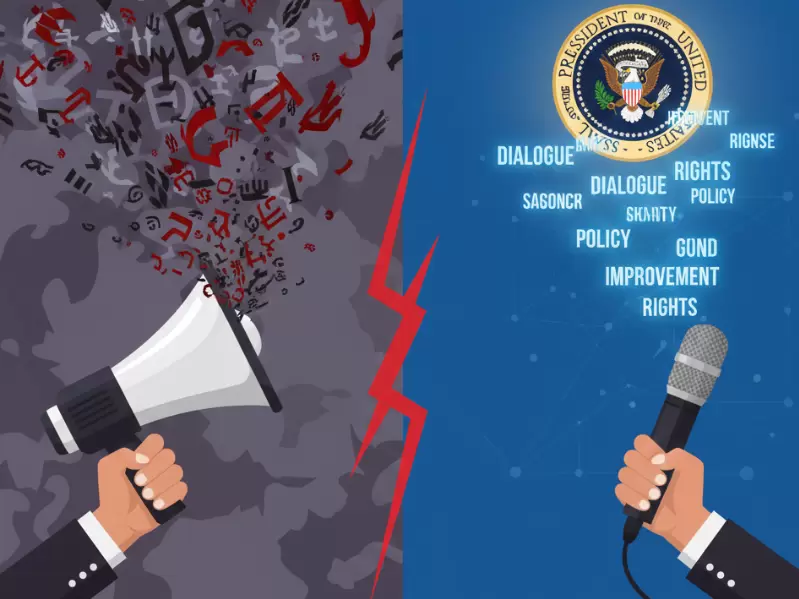

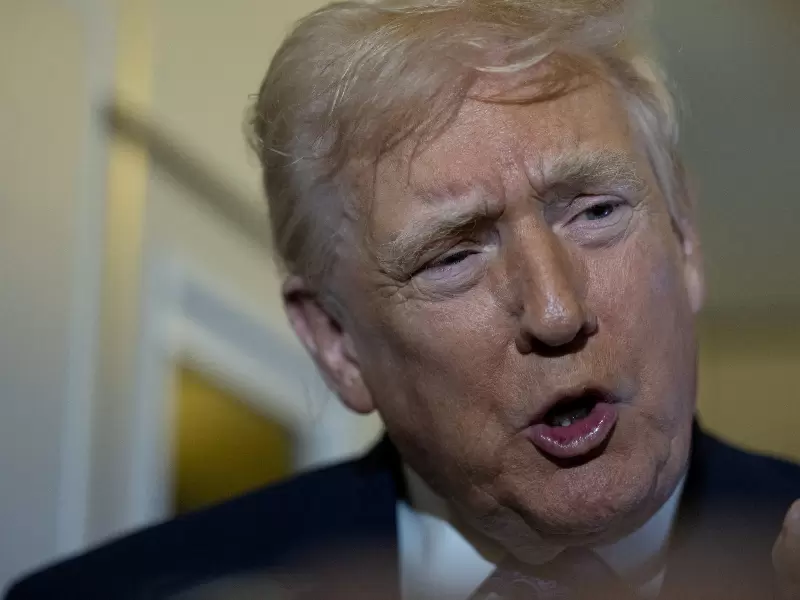
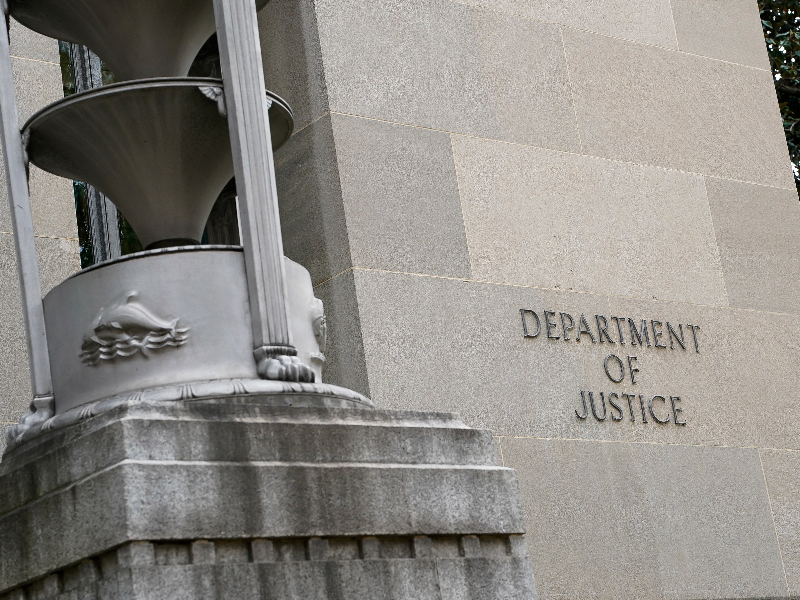





Comments
Start the conversation
Become a member of New India Abroad to start commenting.
Sign Up Now
Already have an account? Login